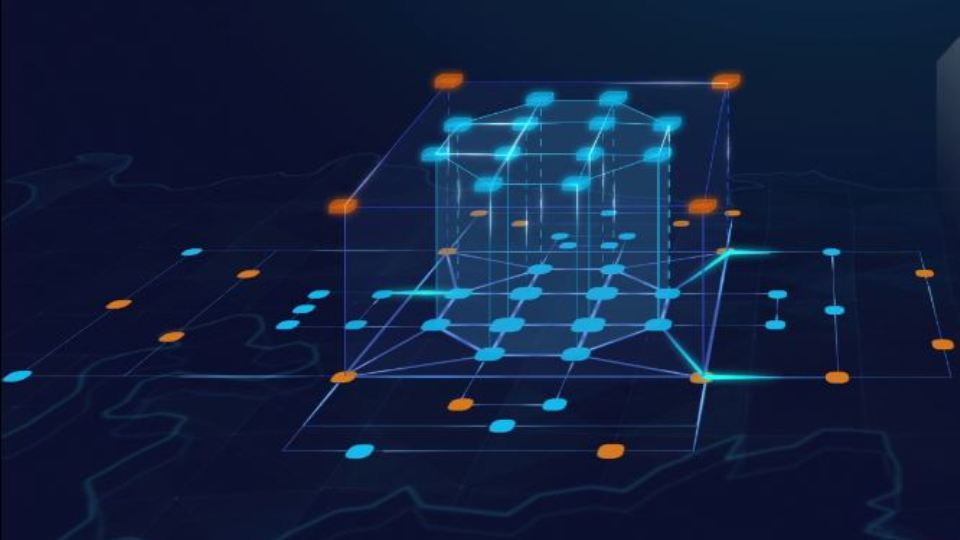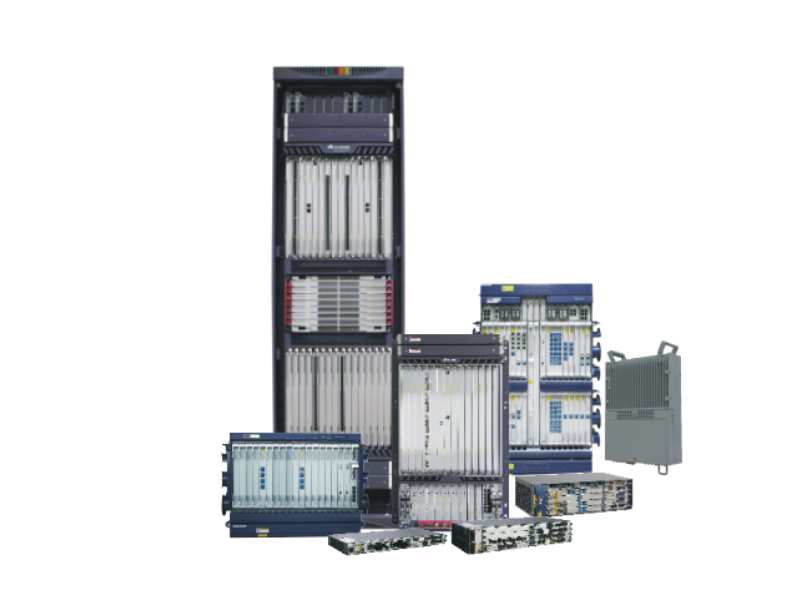As information technologies develop, backbone network traffic grows rapidly and some links become severely congested. In most cases, network traffic is not uniformly distributed. Network edges may have light load while core areas become bottlenecks. In addition, DC interconnection services generate a large amount of east-west traffic, straining the traditional backbone network architecture that was designed for north-south traffic. The future-oriented 3D backbone network architecture allows for dynamic sharing of network resources, supporting efficient traffic transmission and improving network availability.
This site uses cookies. By continuing to browse the site you are
agreeing to our use of cookies.
Read our Private policy>
![]()


